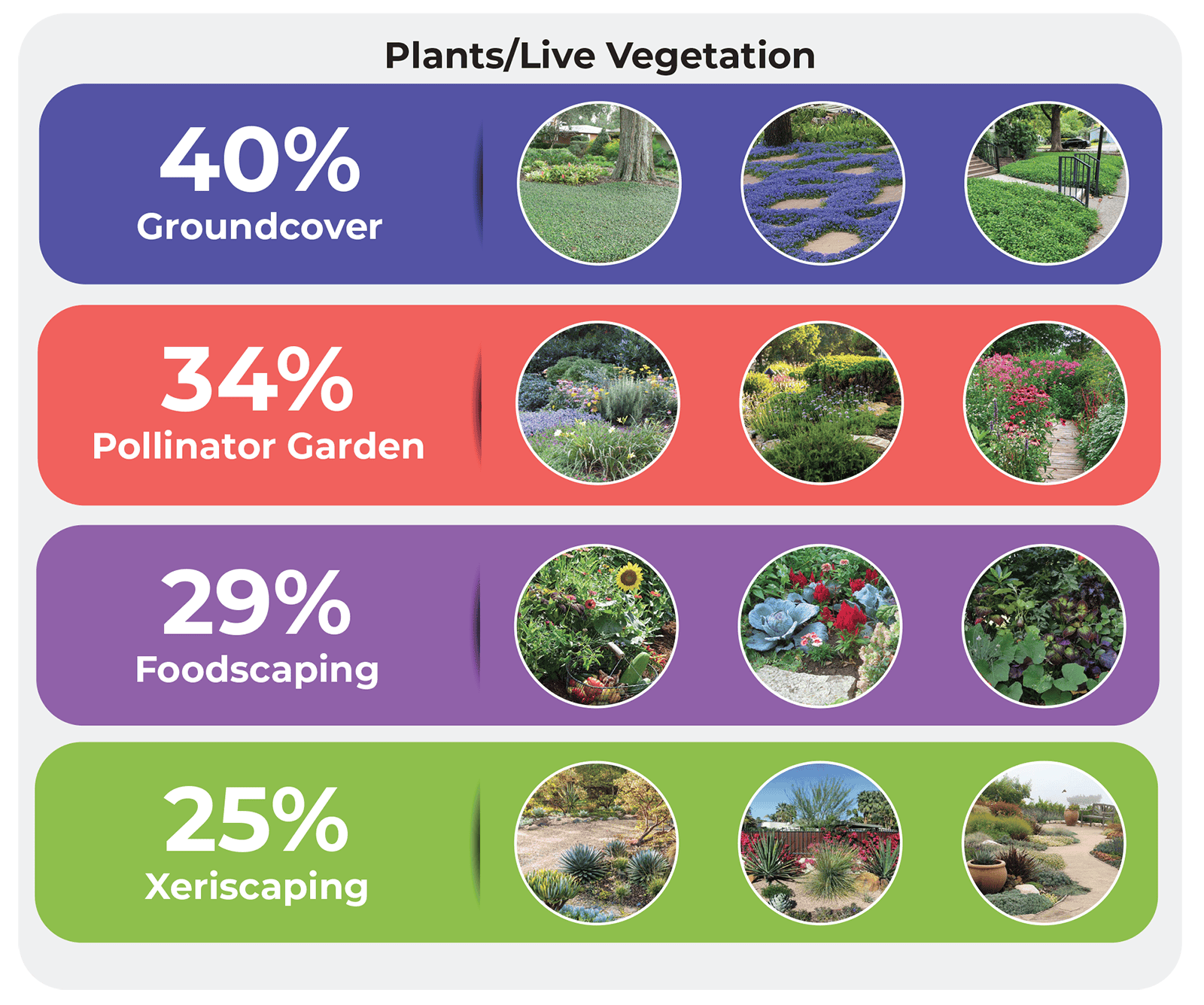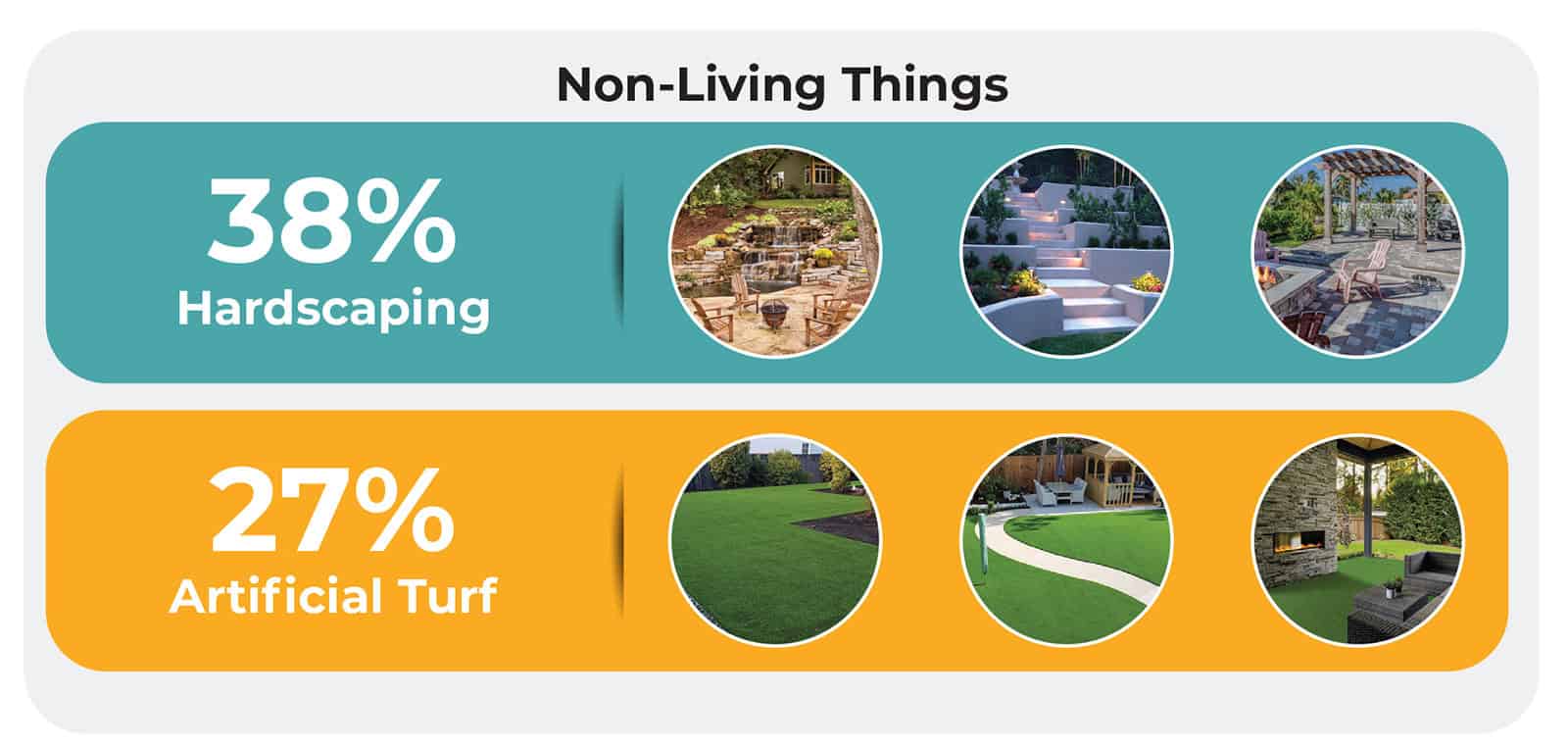Is artificial turf an effective lawn alternative?
In some drought-stricken areas, municipalities have encouraged homeowners to remove lawns, and replace them with artificial turf. This solution only deals with one aspect of a changing climate; reduced rainfall. In some instances, climate change is resulting in unpredictable weather patterns that can increase local rainfall, which may overwhelm storm drains and flooding streets.
Unlike artificial turf, natural grass can play an important role by mitigating stormwater runoff. A 5,000 square foot lawn can absorb 3,000 gallons of water from rainfall.
Increased surface temperatures
Another downside to artificial turf is increased surface temperatures. Artificial turf can be as much as 35 to 55 degrees Fahrenheit warmer (20 to 30 degrees Celsius) than natural grass.
In dense urban areas with more buildings and concrete, temperatures tend to be significantly warmer than areas with more grass, plants and trees. It takes more energy and resources to cool a building surrounded by concrete than it does one surrounded with green space.
When replacing lawns, consumers prefer living things


Source: 2021 Alternative Lawn Omnibus Research – CRC Engine.
In the past 5 years, which of the following have you replaced some or all of your grass lawn with?

